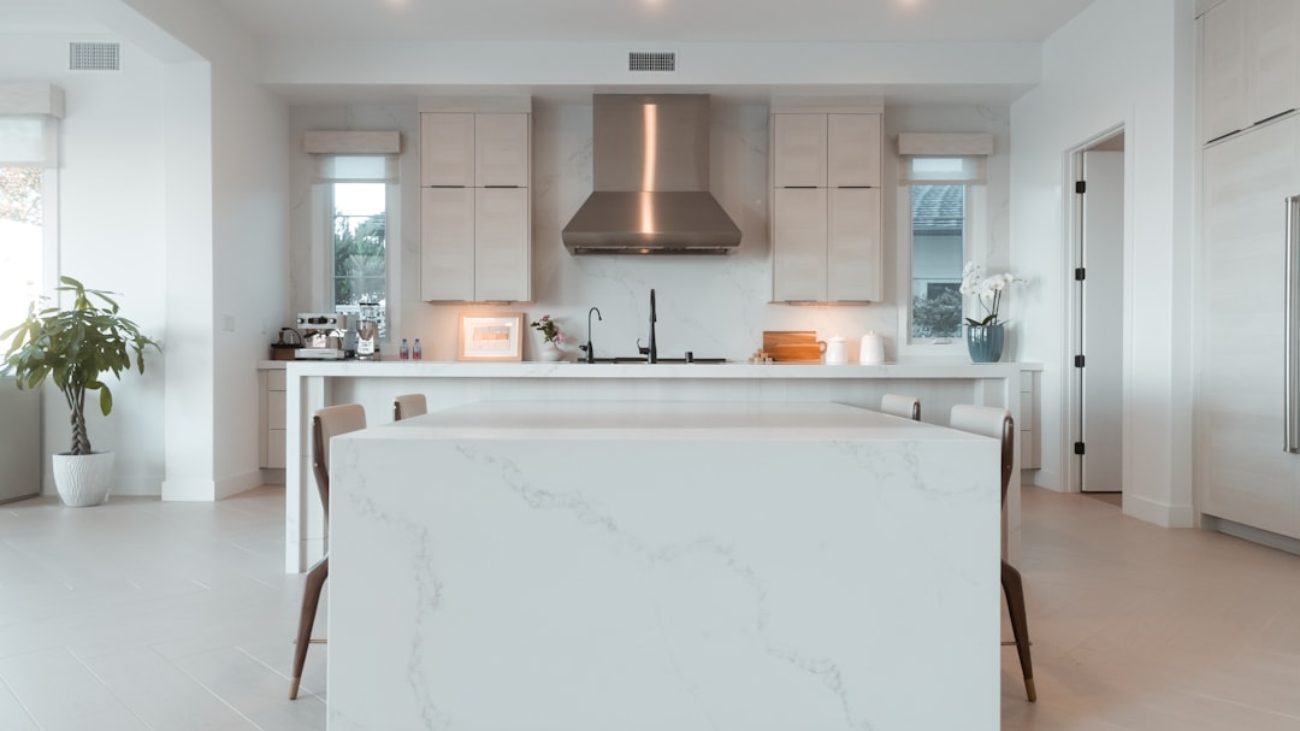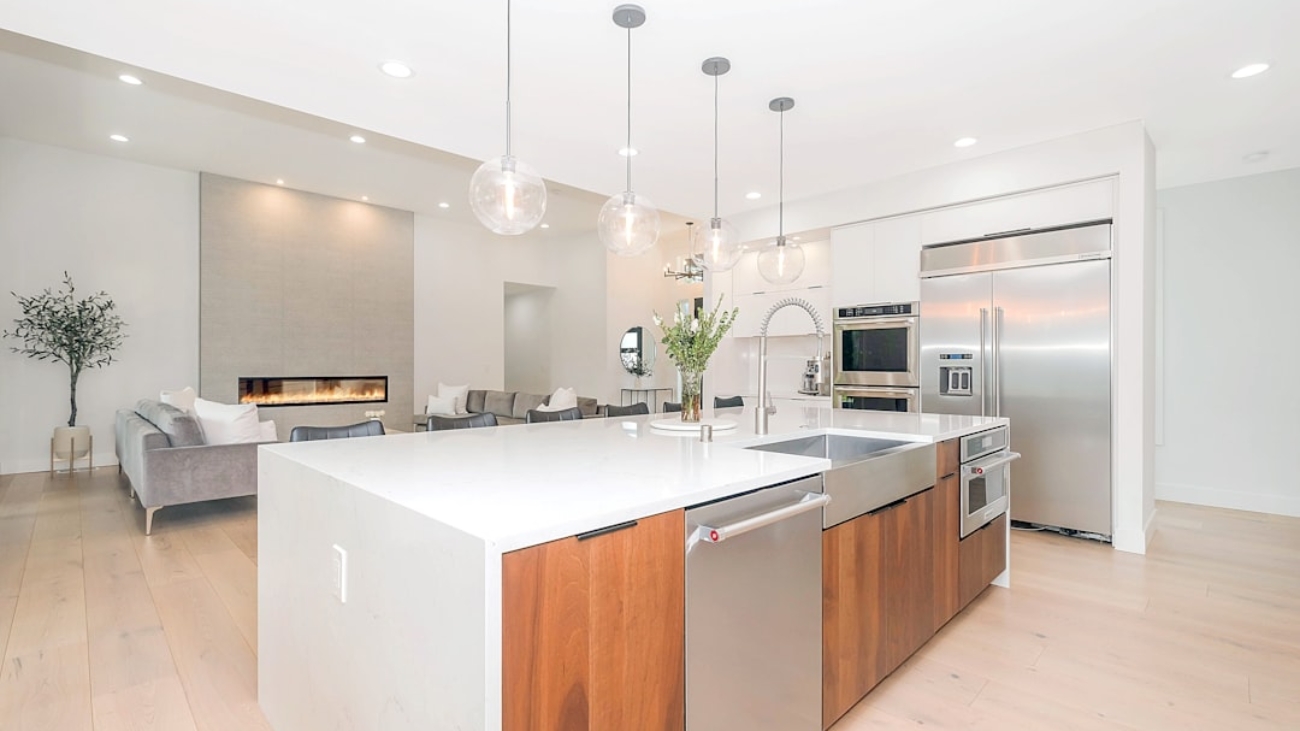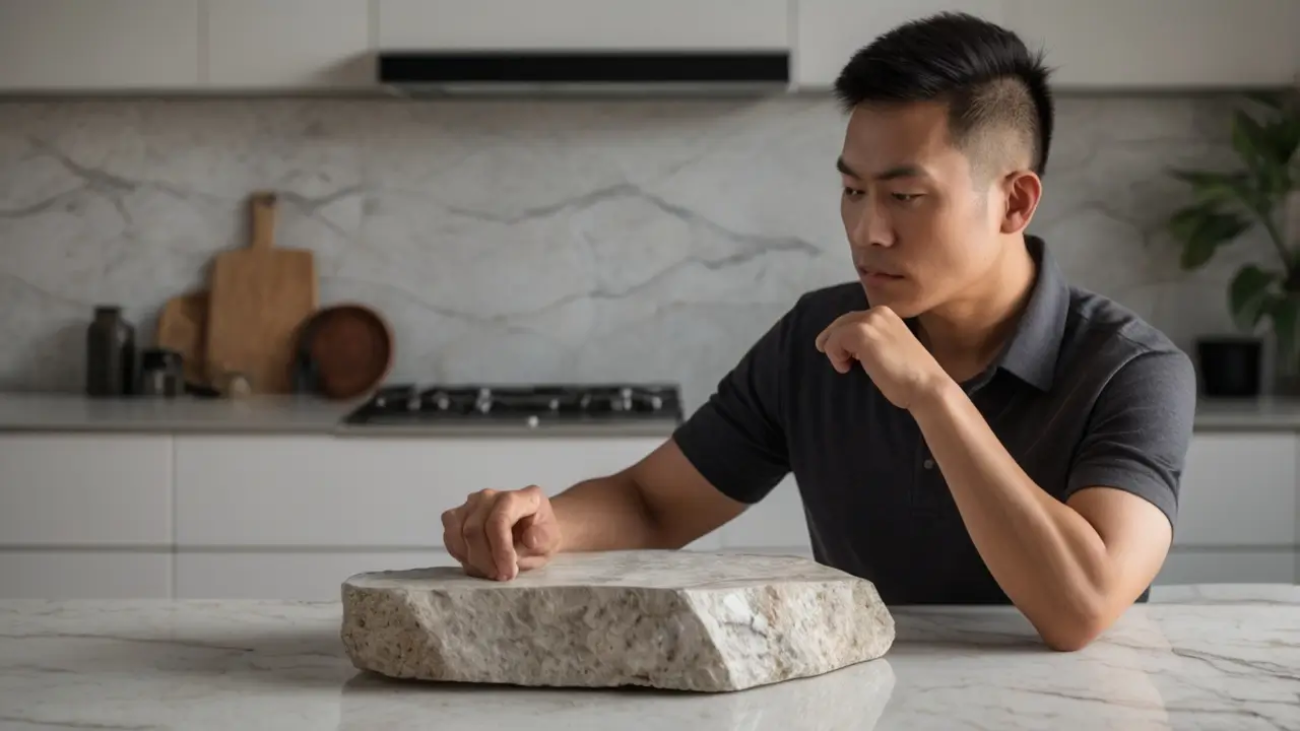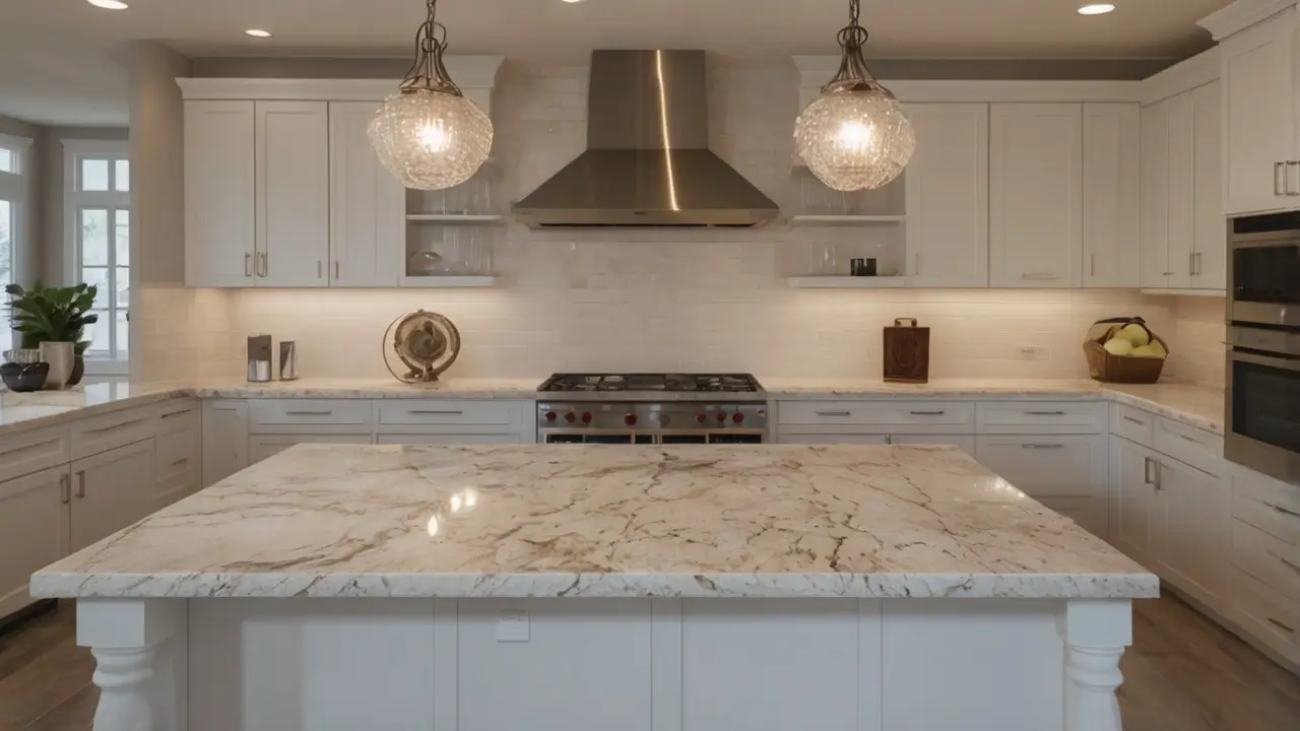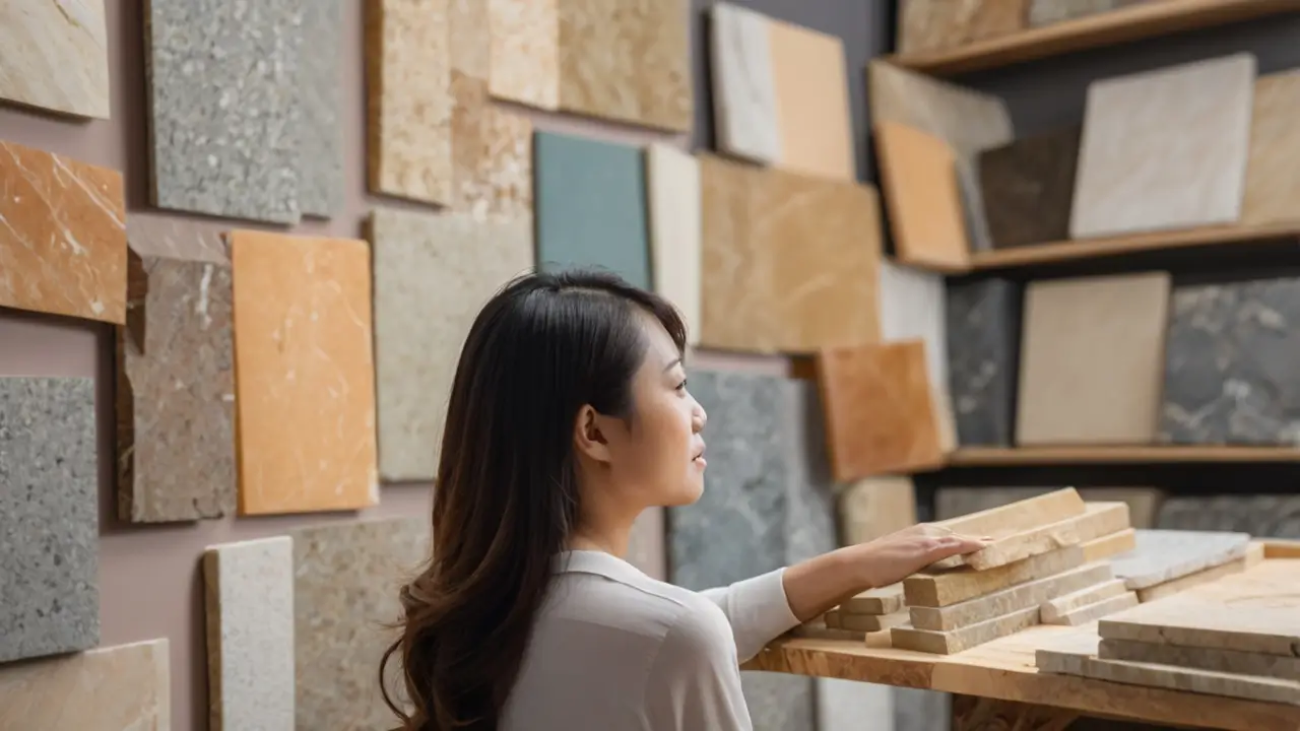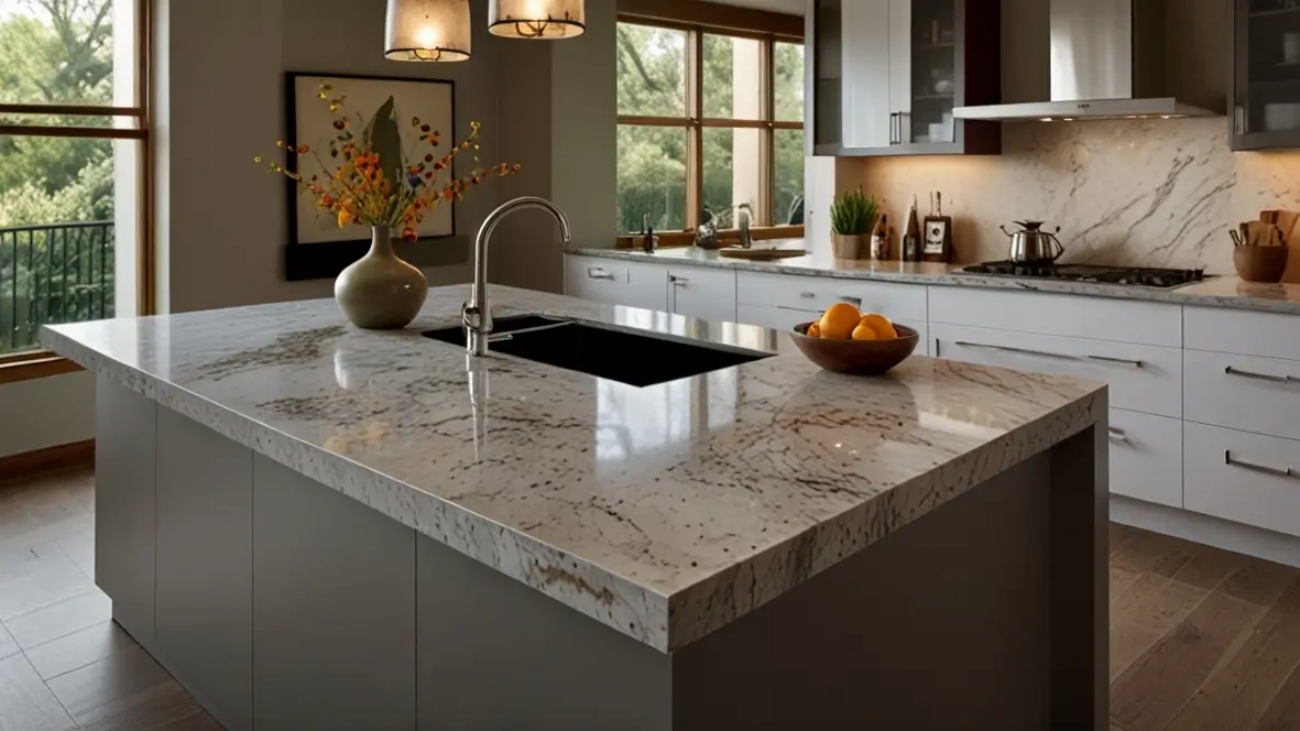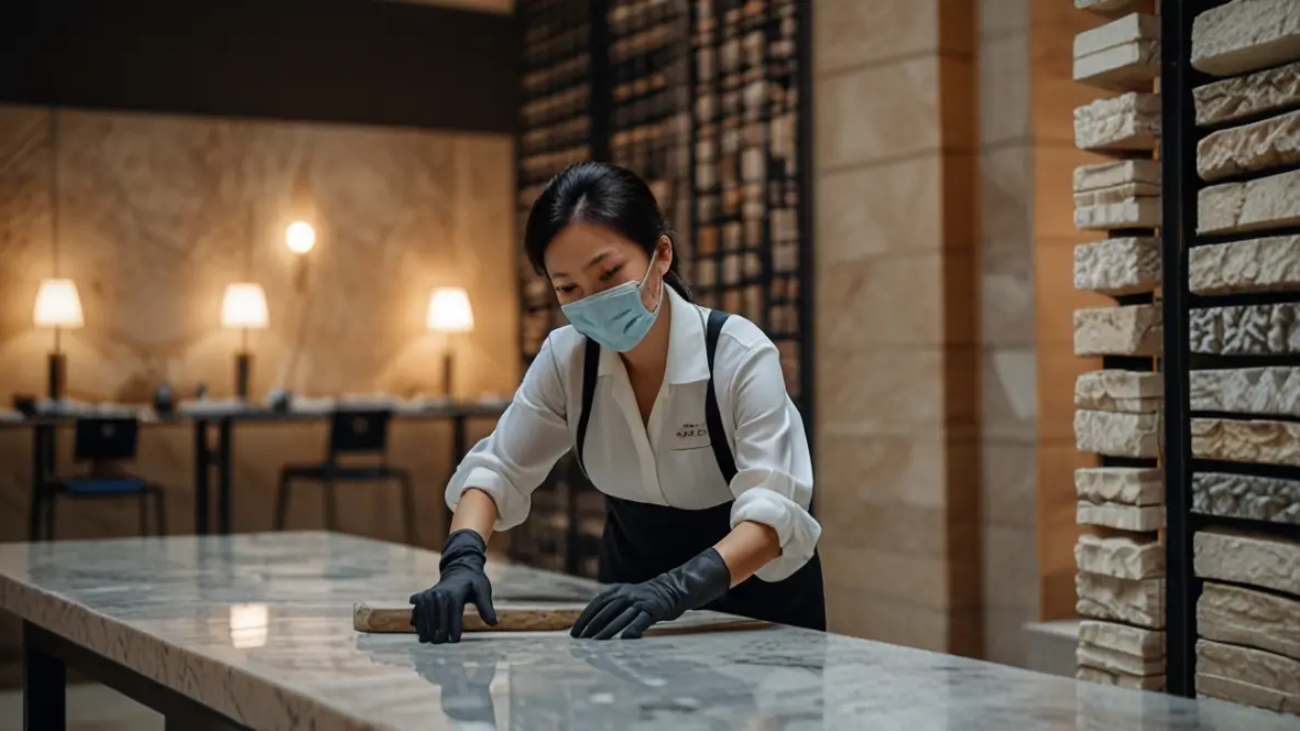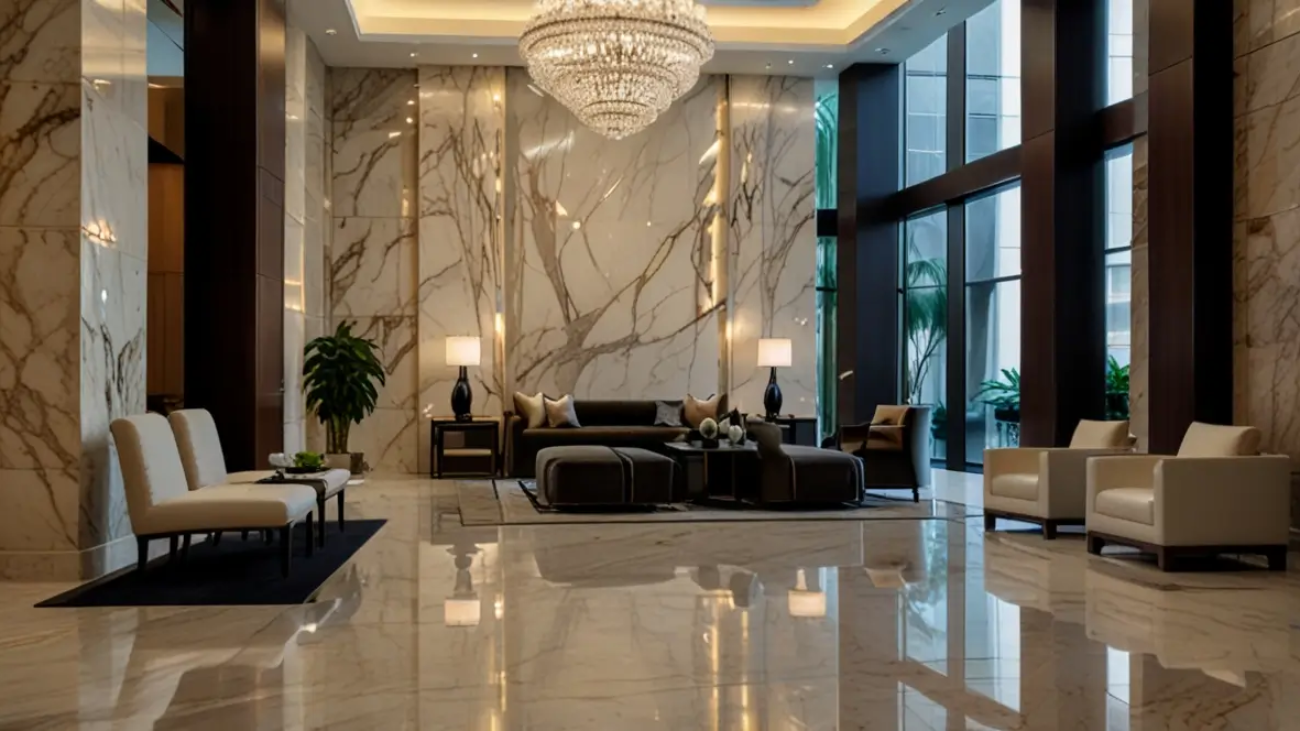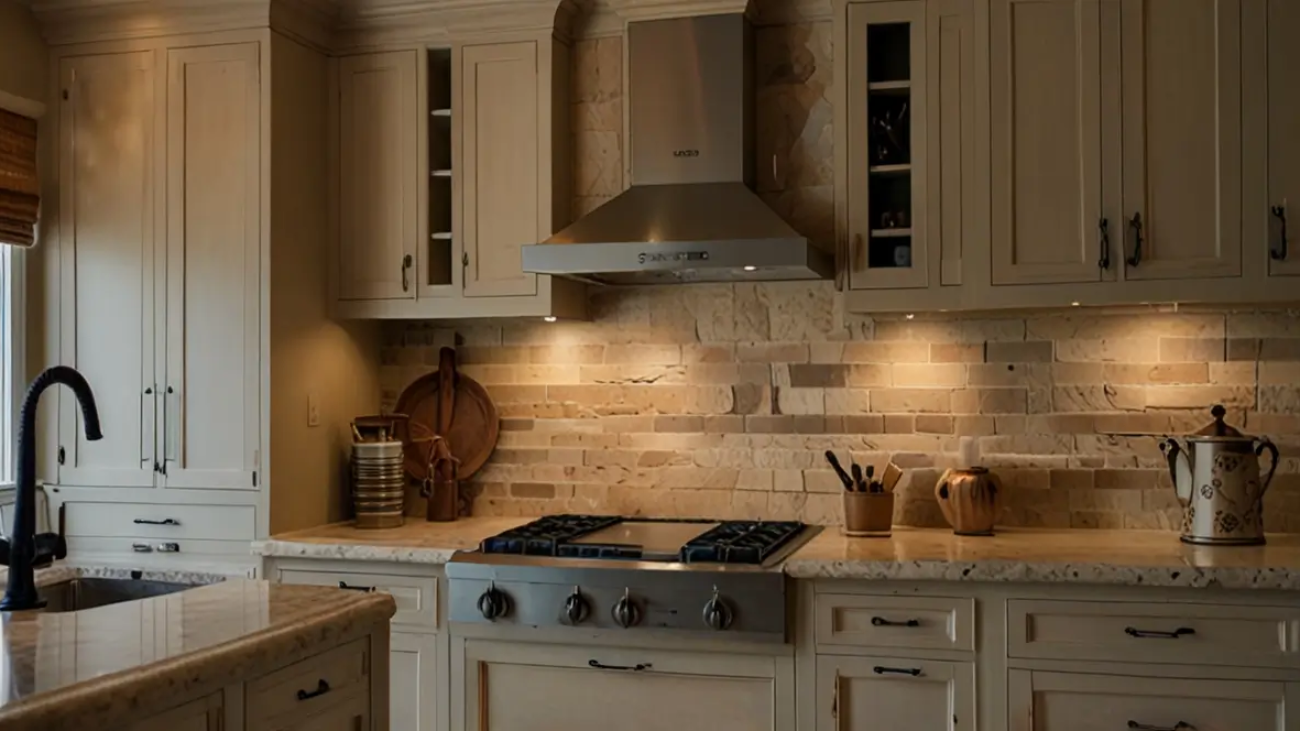In recent years, quartz countertops have emerged as a popular choice among homeowners and designers alike, revolutionizing the way kitchens are designed and utilized. Composed primarily of natural quartz crystals, these countertops are engineered to provide a stunning aesthetic while offering remarkable functionality. Unlike traditional stone surfaces, quartz countertops are manufactured through a process that combines about 90-95% crushed natural quartz with resins and pigments.
This unique composition not only enhances their durability but also allows for a wide range of colors and patterns, making them an appealing option for various design styles. As the demand for low-maintenance yet stylish surfaces continues to rise, quartz has solidified its place as a go-to material for modern kitchens. The versatility of quartz countertops is one of the key factors contributing to their popularity.
They can seamlessly blend into both contemporary and traditional kitchen designs, providing a sophisticated touch that elevates the overall aesthetic. Homeowners appreciate the ability to customize their countertops to match their personal style, whether they prefer a sleek, minimalist look or a more intricate, textured surface. Additionally, the non-porous nature of quartz means that it does not harbor bacteria or stains, making it an ideal choice for food preparation areas.
As we delve deeper into the benefits and features of quartz countertops, it becomes clear why they have become a staple in many homes across Malaysia and beyond.
Benefits of Using Quartz in the Kitchen
Durability and Resilience of Quartz Countertops
Quartz countertops are renowned for their exceptional durability, making them an ideal choice for kitchens that experience frequent use. Unlike other materials that may chip or crack under pressure, quartz is engineered to withstand the rigors of daily use. This resilience allows homeowners to confidently chop vegetables, roll out dough, or place hot pots directly on the surface without worrying about damaging it.
Resistance to Scratches and Stains
Quartz countertops are also resistant to scratches and stains, ensuring that they maintain their pristine appearance even after years of use. This durability not only enhances the longevity of the countertops but also provides peace of mind for homeowners who want a surface that can keep up with their lifestyle.
Low Maintenance Requirements
Another significant benefit of quartz countertops is their low maintenance requirements. Unlike natural stone surfaces that may require regular sealing to prevent staining and damage, quartz countertops are non-porous and do not absorb liquids. This characteristic makes them incredibly easy to clean; a simple wipe with soap and water is often all that is needed to keep them looking fresh and new. Additionally, because they do not harbor bacteria or mold, quartz surfaces contribute to a healthier kitchen environment.
Durability and Maintenance of Quartz Countertops
The durability of quartz countertops is one of their standout features, making them an excellent investment for any kitchen. Engineered from one of the hardest minerals on Earth, quartz is inherently strong and resistant to wear and tear. This means that homeowners can enjoy their beautiful surfaces without the constant worry of damage from everyday activities.
Whether it’s the impact from dropping a heavy pot or the pressure from cutting utensils, quartz countertops are designed to withstand such challenges with ease. Additionally, they are less likely to chip or crack compared to other materials like granite or marble, which can be more susceptible to damage over time. In terms of maintenance, quartz countertops shine brightly due to their non-porous nature.
This characteristic not only prevents staining but also eliminates the need for regular sealing, which is often required for natural stone surfaces. Homeowners can simply clean their quartz countertops with mild soap and water or a gentle household cleaner, making upkeep a breeze. The absence of pores means that spills from acidic substances like lemon juice or vinegar won’t penetrate the surface, reducing the risk of discoloration.
This ease of maintenance is particularly appealing for those who lead busy lives and prefer a countertop that requires minimal effort to keep in top condition.
Design Options and Aesthetics of Quartz Countertops
When it comes to design options, quartz countertops offer an impressive array of choices that cater to diverse tastes and preferences. The manufacturing process allows for an extensive palette of colors and patterns, ranging from classic whites and grays to bold blues and deep blacks. Homeowners can select from solid colors for a sleek and modern look or opt for intricate veining patterns that mimic the appearance of natural stone.
This versatility enables designers to create stunning focal points in kitchens while ensuring that the countertops complement other elements in the space, such as cabinetry and flooring. Moreover, the aesthetic appeal of quartz countertops extends beyond color alone; they can also be finished in various textures to enhance their visual impact. Polished finishes provide a glossy sheen that reflects light beautifully, while honed finishes offer a more matte appearance for those seeking a softer look.
Additionally, some manufacturers even produce quartz surfaces with unique textures that add depth and character to the design. This variety allows homeowners to express their individuality through their kitchen design while enjoying the benefits of a durable and low-maintenance surface.
Cost Considerations for Quartz Countertops
While quartz countertops are often viewed as a premium option in the realm of kitchen surfaces, it is essential to consider the long-term value they provide. The initial investment may be higher than some other materials; however, when factoring in their durability and low maintenance requirements, quartz can prove to be cost-effective over time. Homeowners will find that they save money on repairs and replacements due to the longevity of quartz surfaces compared to less durable options.
Additionally, the aesthetic appeal of quartz can enhance the overall value of a home, making it an attractive choice for those looking to sell in the future. It is also worth noting that prices for quartz countertops can vary significantly based on factors such as brand, color, pattern complexity, and installation costs. While some high-end options may come with a hefty price tag, there are also budget-friendly alternatives available that do not compromise on quality or appearance.
Homeowners should take the time to research different suppliers and compare quotes to find options that fit within their budget while still meeting their design needs. Ultimately, investing in quartz countertops can yield significant returns in both functionality and style.
Comparing Quartz to Other Countertop Materials
When selecting the perfect countertop for your kitchen, it’s essential to weigh the pros and cons of quartz against other popular materials such as granite, marble, and laminate.
Natural Beauty Vs. Practicality
Granite has long been a popular choice for its unique patterns and natural beauty. However, it requires regular sealing to maintain its integrity and prevent staining. In contrast, quartz‘s non-porous nature eliminates this concern entirely, making it a more practical choice for busy households.
Aesthetics and Design
While granite may offer a rustic charm, quartz provides a modern aesthetic with consistent patterns and colors that appeal to contemporary design sensibilities. Marble, on the other hand, is known for its luxurious appearance but is prone to scratching and staining due to its softer composition.
Durability and Maintenance
Quartz‘s durability ensures that it remains visually stunning without the need for constant upkeep. In contrast, marble may require frequent maintenance to maintain its beauty over time. Laminate surfaces may present a more budget-friendly option, but they lack the same level of durability and aesthetic appeal as quartz.
The Ultimate Choice
Ultimately, when comparing these materials, it becomes clear that quartz stands out as a superior choice for those seeking both beauty and practicality in their kitchen design.
Is Quartz a Good Choice for Your Kitchen?
In conclusion, quartz countertops present an exceptional option for homeowners looking to enhance their kitchen spaces with both style and functionality. Their remarkable durability ensures they can withstand the demands of daily life while maintaining their pristine appearance over time. The low maintenance requirements further solidify their appeal, allowing homeowners to enjoy beautiful surfaces without the hassle of extensive upkeep.
With an extensive range of design options available, including various colors and textures, quartz can seamlessly integrate into any kitchen aesthetic. Ultimately, choosing quartz countertops means investing in a material that combines elegance with practicality. As homeowners weigh their options in countertop materials, it becomes clear that quartz offers numerous advantages over traditional choices like granite or marble.
With its ability to elevate kitchen design while providing long-lasting performance, quartz stands out as an excellent choice for anyone looking to create a beautiful and functional culinary space in their home.
If you’re considering quartz for your kitchen and looking for comprehensive guidance, you might find the article “The Ultimate Guide to Selecting the Best Quartz Surface in Malaysia” particularly useful. It provides detailed insights into why quartz is a preferred choice for many homeowners, covering aspects such as durability, maintenance, and aesthetic variety. You can read more about it by visiting The Ultimate Guide to Selecting the Best Quartz Surface in Malaysia. This resource is ideal for anyone looking to make an informed decision about incorporating quartz into their kitchen design.
FAQs
What is quartz?
Quartz is a naturally occurring mineral that is abundant in the Earth’s crust. It is composed of silicon and oxygen atoms and is known for its hardness and durability.
Is quartz a good material for kitchen countertops?
Yes, quartz is a popular choice for kitchen countertops due to its durability, resistance to stains and scratches, and low maintenance requirements.
What are the benefits of using quartz for kitchen countertops?
Quartz countertops are non-porous, making them resistant to stains and bacteria. They are also heat and scratch resistant, making them a practical choice for a busy kitchen.
How does quartz compare to other countertop materials?
Quartz is often compared to granite and marble. While granite is also durable, quartz is non-porous, making it more resistant to stains. Marble, on the other hand, is more prone to staining and scratching compared to quartz.
Are there any drawbacks to using quartz for kitchen countertops?
One potential drawback of quartz countertops is that they can be susceptible to damage from excessive heat. It is recommended to use trivets or hot pads to protect the surface from hot pots and pans.
How should quartz countertops be maintained?
Quartz countertops are relatively low maintenance and can be cleaned with mild soap and water. Avoid using abrasive cleaners or harsh chemicals, as they can damage the surface. Regular sealing is not necessary for quartz countertops.

